As someone who’s been in the materials and manufacturing industry for over a decade, I’ve spent countless hours working with thermoplastic elastomers (TPE) to perfect their performance in real-world applications. From smartphone cases to medical tubing, TPE’s unique blend of flexibility and durability makes it a go-to material for products that need both functionality and a pleasant tactile feel. However, achieving a durable coating that enhances the tactile experience while ensuring long-term performance is no small feat. In this article, I’ll share my insights on the best surface coating agents for TPE, diving into their properties, application methods, and how to choose the right one for your project. Whether you’re designing a grippy tool handle or a sleek wearable, I’ve got you covered with practical advice grounded in years of hands-on experience.
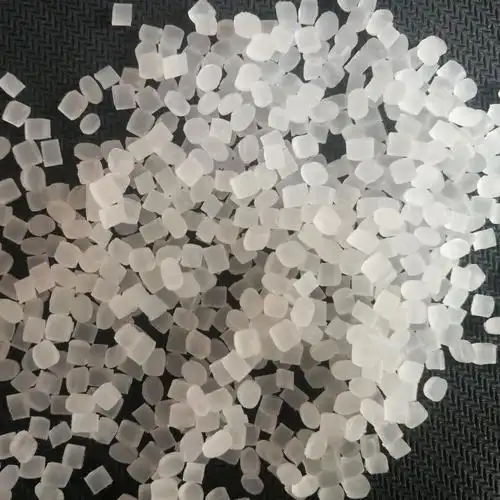
Why TPE Surface Coatings Matter
TPEs are loved for their rubber-like elasticity and thermoplastic processability, but their surface properties can sometimes fall short in demanding applications. Without the right coating, TPE surfaces may degrade under UV exposure, become sticky from oils, or lack the premium tactile feel that elevates a product’s user experience. I’ve seen projects where a poorly chosen coating led to peeling, cracking, or a cheap feel that turned customers away. On the flip side, the right coating can transform a TPE part into something that feels luxurious, withstands harsh environments, and maintains its look and feel for years.
The challenge lies in TPE’s low surface energy, which makes adhesion tricky. Add to that the need for a coating that enhances grip, resists wear, and aligns with your product’s aesthetic, and you’ve got a complex puzzle to solve. Over the years, I’ve tested countless coating agents and processes, and I’ll break down the most effective ones below, along with their pros, cons, and ideal use cases.
Key Considerations for TPE Coatings
Before diving into specific coating agents, let’s talk about what you need to consider when selecting one:
Adhesion: TPE’s non-polar nature means coatings must be specially formulated or require surface pretreatment to stick properly.
Durability: The coating should resist UV light, chemicals, and mechanical wear to ensure longevity.
Tactile Feel: Depending on your goal, the coating can provide a silky, grippy, or matte finish to enhance user comfort.
Application Method: The coating process (e.g., spraying, dipping, or plasma deposition) impacts cost and performance.
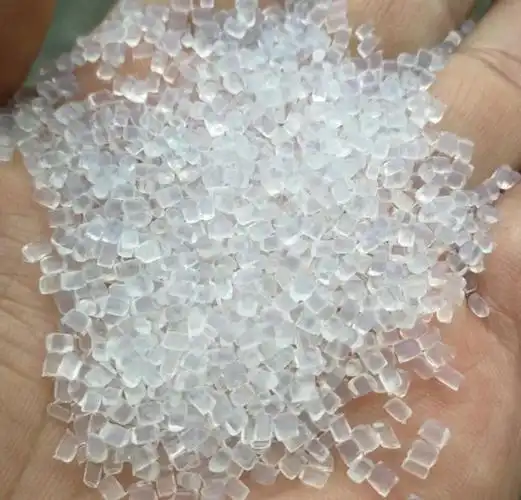
Top Coating Agents for TPE
Based on my experience, here are the most effective coating agents for TPE that balance durability and tactile quality:
1. Polyurethane (PU) Coatings
Polyurethane coatings are a staple in the industry for their versatility and robustness. I’ve used PU coatings on TPE handles for tools and consumer electronics, and they consistently deliver a smooth, durable finish that feels premium to the touch.
Advantages:
Excellent abrasion and chemical resistance.
Customizable tactile feel (from soft-touch to grippy).
Strong adhesion with proper surface preparation.
Drawbacks:
Requires primers for optimal bonding on TPE.
Can be costly for high-performance formulations.
Best For: Consumer goods like phone cases, tool grips, and automotive interiors.
2. Silicone-Based Coatings
Silicone coatings are another favorite, especially when a soft, rubbery feel is desired. I once worked on a project for medical tubing where silicone coatings provided a slippery, biocompatible surface that patients loved.
Advantages:
High thermal stability (-58°F to 446°F).
Biocompatible for medical applications.
Naturally slippery or soft texture.
Drawbacks:
Higher cost compared to PU coatings.
Limited color options unless additives are used.
Best For: Medical devices, wearables, and food-contact products.
3. Fluorinated Coatings (e.g., FLUSI)
Fluorinated compounds like (heptadecafluoro-1,1,2,2-tetrahydrodecyl)trimethoxysilane (FLUSI) are cutting-edge for TPE applications requiring hydrophobicity and low friction. I’ve seen these coatings shine in automotive sealing profiles, where water repellency and durability are critical.
Advantages:
High water contact angle (up to 119.8°).
Reduces friction coefficient by up to 51.5%.
Excellent UV and weather resistance.
Drawbacks:
Complex application (often requires plasma systems).
Higher cost due to specialized precursors.
Best For: Outdoor applications, automotive seals, and high-performance electronics.
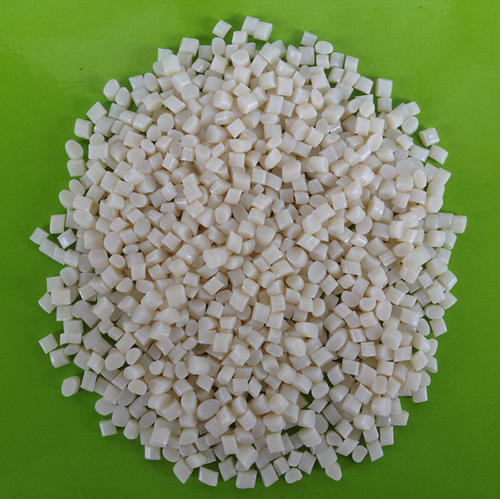
4. Acrylic-Based Coatings
Acrylic coatings are a cost-effective option for TPE parts that don’t face extreme conditions. I’ve used them for budget-conscious projects like toy manufacturing, where a matte, grippy finish was needed.
Advantages:
Affordable and easy to apply.
Wide range of color and texture options.
Good adhesion with plasma pretreatment.
Drawbacks:
Less durable than PU or silicone in harsh environments.
Limited chemical resistance.
Best For: Consumer goods, toys, and low-stress applications.
5. Plasma-Polymerized Coatings (e.g., APTES + FLUSI Mix)
For high-tech applications, plasma-polymerized coatings using a mix of aminopropyltriethoxysilane (APTES) and FLUSI offer a unique combination of low friction and hydrophobicity. I’ve worked with these in automotive profiling, and the results were impressive for both durability and feel.
Advantages:
Enhances adhesion via NH2 groups in APTES.
Customizable friction and hydrophobicity levels.
Long-term stability (up to 12 months in humid conditions).
Drawbacks:
Requires specialized atmospheric plasma jet (APPJ) systems.
Higher initial investment.
Best For: Automotive seals, industrial equipment, and premium electronics.
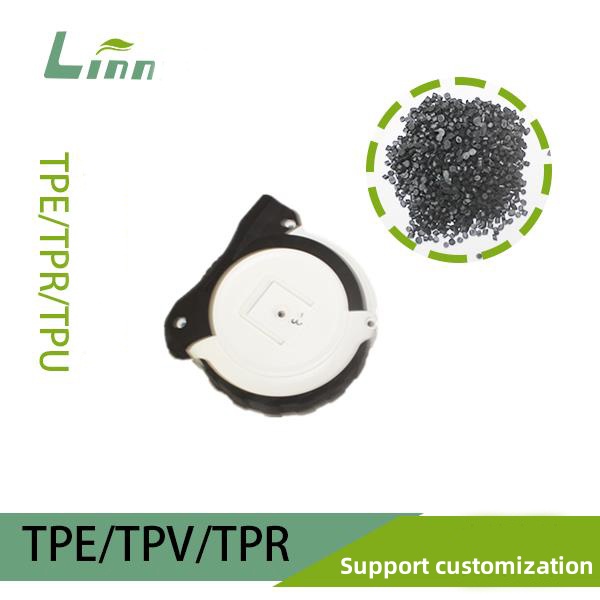
Comparison Table of Coating Agents
|
Coating Type |
Durability |
Tactile Feel |
Best Application |
|---|---|---|---|
|
Polyurethane |
High |
Smooth/Grippy |
Consumer goods, automotive interiors |
|
Silicone |
Very High |
Soft/Slippery |
Medical devices, wearables |
|
Fluorinated |
Very High |
Low-friction |
Automotive seals, outdoor parts |
|
Acrylic |
Moderate |
Matte/Grippy |
Toys, budget-friendly products |
|
Plasma-Polymerized |
High |
Customizable |
High-performance electronics, seals |
Surface Preparation Techniques
No matter which coating you choose, TPE’s low surface energy requires preparation to ensure adhesion. Here are the methods I’ve found most effective:
Plasma Treatment: This uses oxygen plasma to clean and activate the TPE surface, increasing its energy to 105 dynes. It’s my go-to for high-performance applications because it eliminates the need for chemical primers and enhances bonding strength.
Chemical Etching: A wet-chemical primer can roughen the TPE surface, but I find it less reliable than plasma treatment due to environmental concerns and inconsistent results.
Mechanical Abrasion: This is a budget-friendly option but doesn’t significantly improve adhesion for low-energy surfaces like TPE. I only use it for non-critical applications.
Primer Application: Primers create a compatible layer between TPE and the coating. They’re essential for PU and acrylic coatings but add an extra step and cost.
In my experience, plasma treatment paired with a polyurethane or silicone coating offers the best balance of cost, durability, and tactile quality for most TPE applications. For high-end projects, plasma-polymerized coatings are worth the investment.
Application Methods
The way you apply the coating affects both its performance and cost. Here’s what I’ve learned from years of trial and error:
Spray Coating: Ideal for PU and acrylic coatings. It’s cost-effective and allows for uniform application, but it requires a well-ventilated setup to manage fumes.
Dip Coating: Works well for silicone coatings, especially for small parts like medical tubing. It’s simple but can lead to uneven thickness if not controlled properly.
Plasma Deposition: Used for fluorinated and plasma-polymerized coatings. It’s precise but requires specialized equipment like APPJ systems. I’ve used this for automotive seals with excellent results.
Brush Coating: Suitable for small-scale or prototype applications but not practical for high-volume production due to labor intensity.
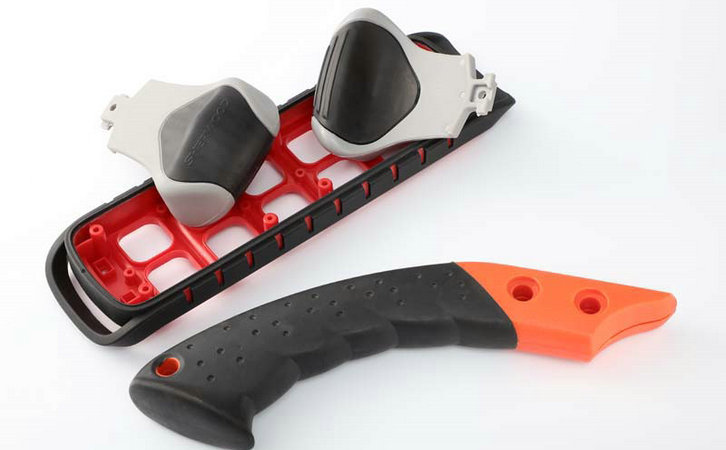
Real-World Applications and Lessons Learned
Let me share a couple of stories from my career to illustrate how these coatings work in practice. A few years ago, I was Involved in developing a TPE-based phone case that needed a soft, grippy texture to compete with premium brands. We initially tried an acrylic coating due to budget constraints, but after a few months of user testing, the coating started peeling in high-friction areas. Switching to a polyurethane coating with plasma pretreatment solved the issue, and the final product received rave reviews for its tactile feel and durability.
In another project, we worked on TPE seals for an automotive application exposed to sunlight and rain. A fluorinated coating (FLUSI) applied via plasma deposition was a game-changer. The seals maintained their hydrophobicity and low friction even after a year of harsh weather testing, far outperforming standard silicone coatings we’d used previously.
These experiences taught me that matching the coating to the application environment is critical. A cheap coating might save money upfront but can lead to costly failures down the line. Always consider the end-use conditions—UV exposure, chemical contact, and mechanical stress—before making a decision.
Tips for Choosing the Right Coating
Here’s a checklist I use when selecting a coating for TPE:
Define the Tactile Goal: Do you want a silky, grippy, or slippery feel? Test samples with different Shore hardness levels (e.g., 20 Shore OO to 85 Shore D).
Assess Environmental Exposure: For outdoor use, prioritize fluorinated or PU coatings with UV stabilizers. For indoor applications, acrylic might suffice.
Budget Considerations: Acrylic coatings are budget-friendly, while plasma-polymerized coatings are pricier but offer superior performance.
Regulatory Compliance: For medical or food-contact products, ensure the coating is FDA-compliant and free of phthalates or BPA.
Test Adhesion: Always conduct adhesion tests (e.g., peel or cross-hatch tests) to verify coating durability.
Consult Suppliers: Companies like Kraton, Teknor Apex, and Lubrizol offer tailored TPE coating solutions. Their technical data sheets are goldmines for compatibility info.
Common Pitfalls to Avoid
Over the years, I’ve seen some recurring mistakes that can derail TPE coating projects:
Skipping Surface Preparation: Without plasma treatment or primers, even the best coatings will peel off TPE.
Ignoring Shrinkage: TPE shrinks about 2% during cooling, which can cause coating cracks if not accounted for in mold design.
Overlooking Chemical Exposure: TPE coatings can degrade when exposed to oils or solvents. Always check chemical compatibility data.
Choosing Based on Cost Alone: A cheap coating might save money initially but can lead to product failures and customer complaints.
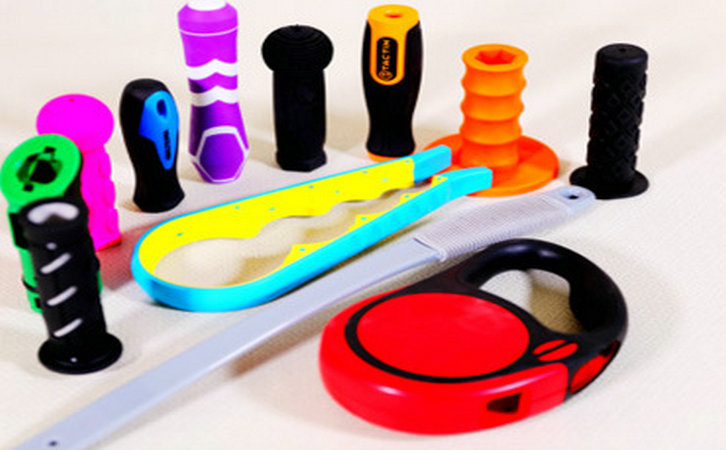
Sustainability and Future Trends
As someone who’s passionate about sustainable manufacturing, I’m excited about the growing availability of bio-based and recyclable TPE coatings. Companies like Trinseo offer TPE formulations with recycled or bio-based content, which can be paired with eco-friendly PU or silicone coatings. These options reduce environmental impact without sacrificing performance, though their tactile range might be limited compared to traditional coatings.
Looking ahead, advancements in plasma technology are making coatings like APTES + FLUSI more accessible, offering unparalleled durability and customization. I expect these to become standard for high-performance TPE applications in the next few years, especially in automotive and medical sectors.
Wrapping It Up
Choosing the right surface coating for TPE is about balancing durability, tactile feel, and application requirements. Polyurethane and silicone coatings are reliable all-rounders, while fluorinated and plasma-polymerized coatings excel in demanding environments. By prioritizing surface preparation like plasma treatment and carefully testing for adhesion and environmental resistance, you can ensure your TPE parts look and feel great for years. My biggest takeaway from years in the field? Don’t cut corners on testing and compatibility—investing time upfront saves headaches later.
If you’re embarking on a TPE project, reach out to suppliers like Kraton or Avient for samples and technical support. Their expertise can help you fine-tune your coating choice to match your product’s unique needs.

Related Questions and Answers
Q: Can TPE coatings be painted over?
A: Yes, but it depends on the coating type. TPU-based coatings are more receptive to paints, while TPE surfaces often need primers or plasma treatment for effective painting. Always test compatibility with your paint system.
Q: How do I prevent TPE coatings from becoming sticky over time?
A: Sticky surfaces often result from oil or UV degradation. Use fluorinated or PU coatings with UV stabilizers and avoid prolonged exposure to oils from hands or environments. Regular cleaning with isopropyl alcohol can help, but avoid overusing it as it may damage some coatings.
Q: Are TPE coatings safe for medical use?
A: Many TPE coatings, especially silicone and certain PU formulations, are biocompatible and FDA-compliant. Always verify with your supplier that the coating meets ISO 10993 standards for medical applications.
Q: What’s the most cost-effective coating for TPE?
A: Acrylic coatings are the most budget-friendly, offering decent durability and a grippy feel for non-demanding applications. For better performance, PU coatings provide a good balance of cost and quality.
Q: How do I choose between a glossy or matte finish for TPE coatings?
A: Glossy finishes (achievable with polished molds and PU/silicone coatings) give a premium look but may attract fingerprints. Matte finishes (common with acrylic or textured PU coatings) reduce glare and offer a grippy feel, ideal for handles or tools. Consider your product’s aesthetic and functional needs.





